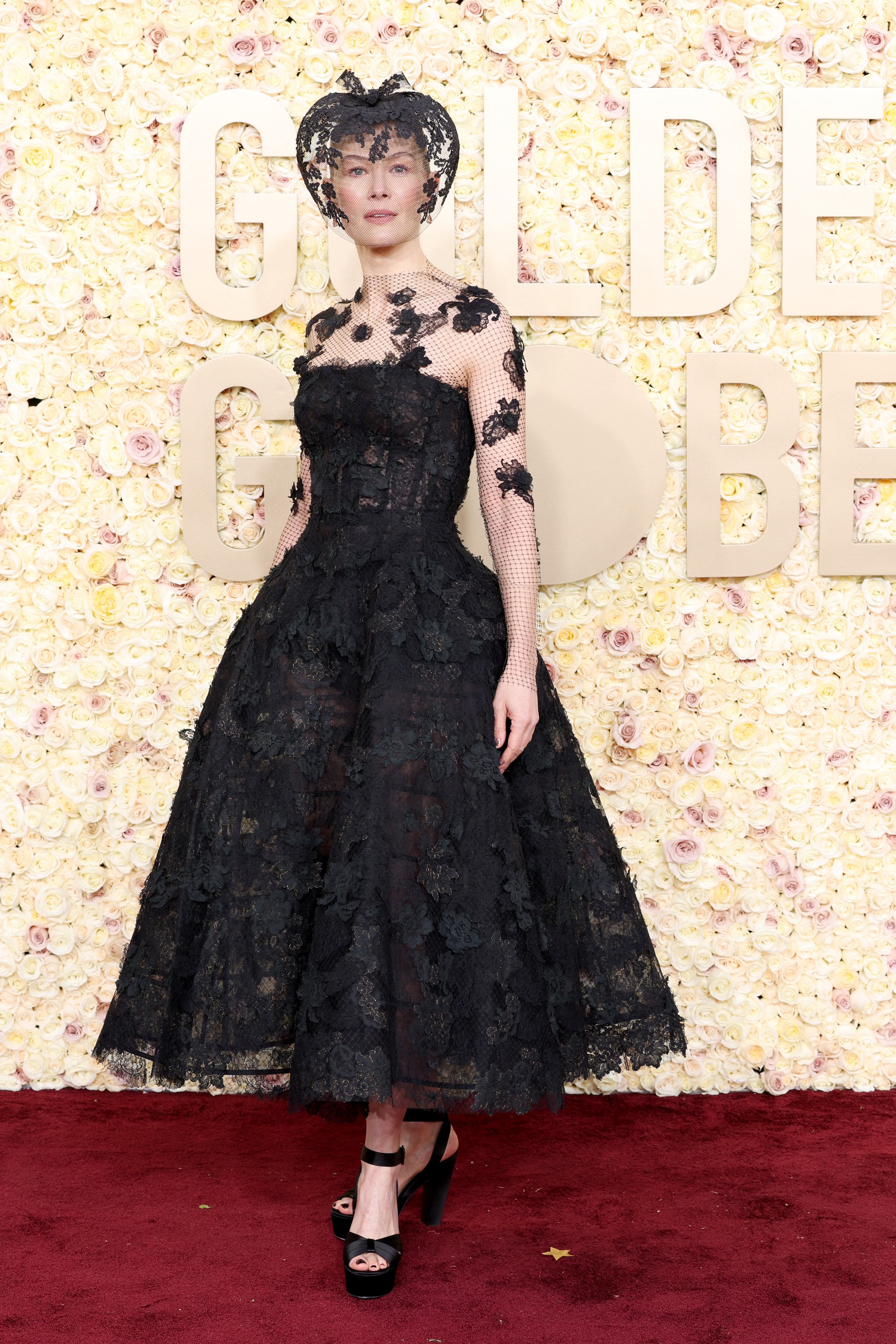
“What is a stylist?” fashion journalist Tasmin Blanchard asked in her write-up for The Observer back in 2002. “It is one of those vague job descriptions nobody really understands. Fashion magazines are run by
them; movie celebrities and pop stars rely on them; television programmes like Sex and the City even have them on the production team. But what exactly do they do all day? Go shopping?”
Fashion stylists have a weighty spot in both image-making and communication. They write statements through visuals—garments to be precise—leaving a significant cultural impact. But to many, they are as vague as a ghostwriter. Are they the muse? Sometimes, yes. Are they the creative director? Possibly. Are they the designer? Not always. A stylist is a versatile role and is notoriously known as the hardest pathway in the fashion industry. You can find them at editorial photo shoots, runways backstage, behind commercial shoots and music videos, or beside celebrities. We tend to only associate the success of image creation with the designers or the brands in general, like Chanel for Margaret Robbie’s Barbie. However, they are merely clothes if not for Jacqueline Durran, who put the looks together in the movie,
or Andrew Mukamal, who further cemented Robbie’s image throughout the movie’s global press tour.
With social media breaking down the walls, the audience slowly cottons on to what happens outside of the limelight. The “image architect”, as fashion stylist Law Roach describes, has been garnering more attention. Some stylists, like Roach, are even crowned with a status equivalent to that of A-listers.
BEHIND THE CURTAINS
The spotlights and the camera flashes love the red carpet—whether best dressed or worst, it’s all part of the face card. Moulding characters through styles has long been a crucial part of showbiz. Audrey Hepburn, for example, anchored herself through her sophisticated style, so much so that she changed the landscape of Hollywood’s golden era back in the 1950s, on- and off-screen. The collision between fashion and films has proven to be transformative, both financially and socially. Characters in shows like Sex and the City and Gossip Girl became the driving force of retail sales, although in most cases, TV shows and movies are more inclined to recruit a multitasker; a costume designer who can do both designing and styling.
The red carpet, however, is a different ball game. Like method acting, “method dressing” is a powerful storytelling tool through sartorial choices. Press tours for blockbusters embraced and utilised it as an effective promotional tactic to spark conversation, heightening the anticipation among moviegoers. Zendaya for Dune and Robbie for Barbie were some of the early adopters—Robbie even partnered with the stylist Mukamal to publish Barbie: The World Tour, a fashion photo book.

Styling, if done right, is a philosopher’s stone. Rosamund Pike’s appearance at the Golden Globes 2024 wearing a black veil not only resonated well with the character she played in Saltburn but also acted as a “protective layer” to conceal her injuries after a ski accident. The stylist Leith Clark, with the help of milliner Philips Treacy, turned a supposed PR crisis into a promotional success—another reason why more celebrities are now commissioning stylists to create off-duty looks for paparazzi shots.
BACKSTAGE DRILLING
In fashion, the bellwether of a fad is usually the designer. They are the brains for fashion runways, and the stylists are the ones who look through these visions. Clothes are just clothes until someone brings them to life. “Stylists help designers complete ideas, and they’re very good at helping you with things you (fashion designers) don’t always think about,” British Cypriot designer Hussein Chalayan shared. Take the recent Internet-breaking Maison Margiela Haute Couture 2024 show for example. While the designs by John Galliano were, without a doubt, impeccable (the theatrics too, stood out among the banality), ultimately, it was the way the garments were presented that caught the audiences’ attention. For that, we have to give it to Maison Margiela’s long-term stylist, Olivier Rizzo, who has worked closely with well-known names like Raf Simons, Miuccia Prada, and Christian Dior.
The runway is a live-action catalogue where stylists establish periodical trends, merging with respective house styles in the hopes that it will become a signature look. Lotta Volkova’s exemplary styling work together with Miuccia Prada for Miu Miu brought forth a refreshing approach to femininity in fashion and the ensuing trends like ballet-core, garnished with a hint of non-conformity and rebellion, are
very much reflections of both the founder and the stylist herself. Once an affordable alternative to big sister brand Prada, Miu Miu became the most sought-after fashion brand in the third quarter of 2023 for pieces like ballet flats and micro miniskirts, and of course, the distinguishable styling.
Elsewhere, stylists are also making momentary changes through fashion campaigns. Benjamin Bruno, for example, put the legendary Maggie Smith in a gigantic green fur coat for Loewe’s Pre-Spring ‘24 campaign, holding on to the brand’s emblematic Puzzle Bag as she poses. The swoon-worthy campaign received tremendous response online—from both fashion experts and the muggles, not only for the
casting but also the styling. If not for the stylist, the fashion products might have looked out of place.
The constant question to ask is: Who gets the credit? Is it the photographer? The designer? The model? The stylist? Or all of the above? Stylists are often the unsung heroes. I’d like to think of them as an invisible secret weapon; one that may not be as widely publicised as the other roles in the fashion sphere, but is the esthete gear in the volatile fashion domain—perpetuating and propelling.
